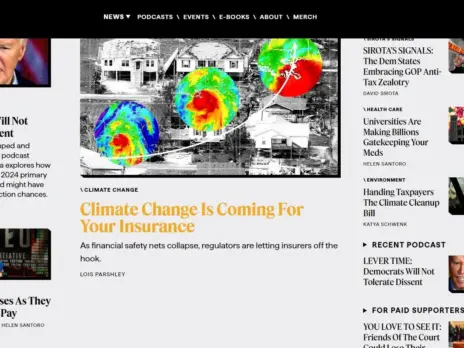
With more than a decade of video uploaded to YouTube every day, it is easy to understand why so many journalists are keen to tap into that wealth of content. Sometimes those people capturing their everyday lives happen to be in the right place at the right time. For us, that time is when news is breaking.
For a journalist, finding the shots from one of those news events is often elusive. And even when a video clip or photo appears to be newsworthy and unique, verifying it for publication requires a tested process and strict standards to ensure the story is always accurate.
My job as Associated Press’s newly appointed social media and UGC editor- International is to oversee the verification process for user-generated content. AP’s system has grown organically over the past few years alongside the growth in use of social media. The places we look for video and photos has changed, as have the technologies and tools we use to process it.
One thing that hasn’t changed, though, is our editorial approach. Every piece of user-generated content, or UGC, that we publish stands up to the AP’s existing editorial standards.
For example, a video showing a man being buried alive in Syria recently came to light. It was certainly compelling video. However, when we put it through our verification process, it failed.
The video wasn’t uploaded in the conventional way. A native Arabic speaker who listened to the voices of the regime soldiers concluded that they sounded stilted and unnatural. Other aspects were inconsistent as well, but the final piece of information was perhaps the most obvious sign that something wasn’t right: The village where the man was purportedly from had nobody unaccounted for. We didn’t use the video.
Verification is the key when it comes to UGC, and at the AP we take a two-step approach. We verify the source and we verify the content separately. What does this mean? Well, in terms of the source it means that we must identify someone as the creator of the content. This is not only so that we can seek permission to use their material and credit them appropriately, as we do for all UGC, but also so we can check the feasibility of their content.
We ask the question, ‘Could this person have realistically created this video or photo based on what we know about them and the event?’ This information, hand-in-hand with formal confirmation from the source that they do have ownership of the material, gives us the confidence that we are working with a content owner.
We don’t stop at permissions, though. We also ask these content creators questions about their video or images. Can they tell us just how they got such a great shot? Not only does this further validate the content, it also allows us to tell the story behind the pictures. Once all of these checks have been completed and we have permission to use the content, our source is considered verified.
Then, we move onto verification of the content itself. Identifying the owner of the content and speaking to them doesn’t mean that the events in the images are what they appear to be. We verify the content with a forensic deconstruction including details of the upload and a full translation of any audio or text in other languages.
All content is run through the regional bureau most familiar with the story for their expertise. We can also add our own reporting to give that wider context that turns the UGC from a video on YouTube into a story.
When news breaks there is always a pressure to get compelling content out quickly, but it is important to stand fast when it comes to the standards we have developed over the past few years. We go through this verification for up to 20 pieces of video or photos every day. Though it sounds lengthy and time-consuming, we are becoming more efficient. We trust that the processes work. They haven’t let us down.
Email pged@pressgazette.co.uk to point out mistakes, provide story tips or send in a letter for publication on our "Letters Page" blog






